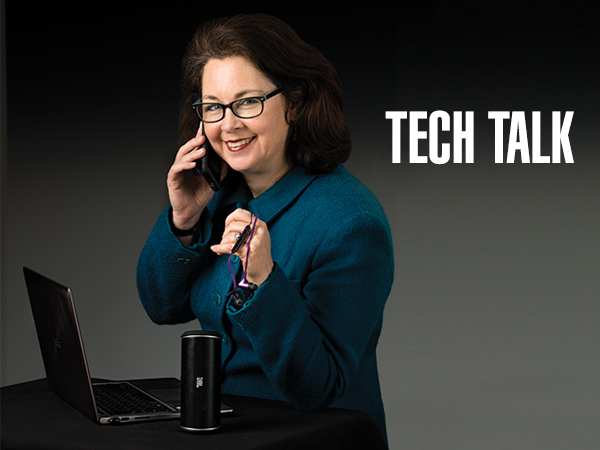A dedicated reader recently asked me about services available to backup her computer. Her current service, CrashPlan, now is offering its services only to small businesses, so she wanted to know what I use to backup my laptop. Actually, I haven’t made an image of my entire system. If my computer completely crashes, I typically just buy a new one. All of the software I use is cloud based and easy to download. I keep all of my files in the cloud using a syncing service such as Dropbox, Google Drive or our private work storage. But as I started researching the options, I found some alternatives to my current disaster plan.
>> Cloud Backup Services make sure that your computer is backed up automatically. You don’t have to specify where to save files because the term ‘cloud’ means you are saving it over the internet to a computer located in a secure data center. After doing some research and reading many reviews, the two to consider are iDrive and BackBlaze. Both are reasonably priced, work with Windows or Mac and have similar features, and they are good options for small businesses as well. The process starts by creating an account and downloading the appropriate software. The BackBlaze sign-up and backup process was much less complicated, but it was easier to see my options with iDrive. A cautionary word of advice: When you start your initial backup, be prepared to keep your computer on the network for a while. BackBlaze estimated the time to backup my computer was five days (even after I got off my phone hotspot) due to the free trial version I was using. It took about 10 minutes to backup 500MB on the free version of iDrive. Both options require you to do some configuration or have lots of patience!
>> External hard drives are a good option if you don’t want to backup your computer to the cloud because of security concerns. They are relatively inexpensive now (one TB is around $50) and let you control where your data is stored. You must keep it connected to your computer or remember to use it with your laptop periodically. You also can connect an external hard drive or a network storage device (NAS) to your network router. Hopefully this spurs you to think about backing up your information (especially all of those digital photos and videos). Please continue to share your questions and ideas for technology topics you want to learn about. It’s always great to hear from readers, and it’s fun exploring different topics!
Sheila Burkett is an information technology expert and CEO of Spry Digital, an interactive design agency delivering smart digital solutions. Follow Spry Digital on Twitter (@sprydigital), Facebook (facebook.com/sprydigital), Instagram (@sprydigital) or LinkedIn (linkedin.com/company/spry-digital-llc).








